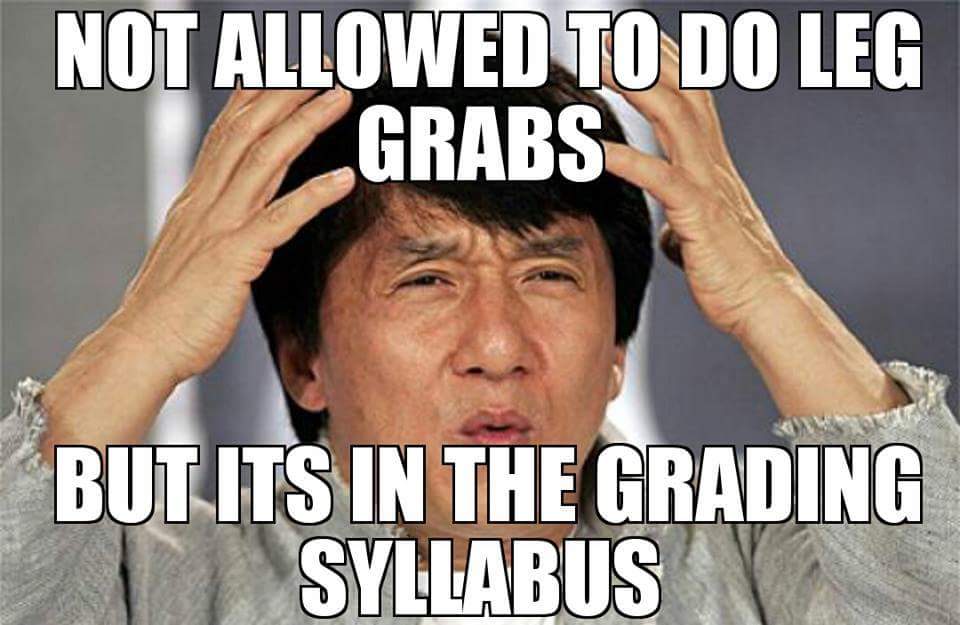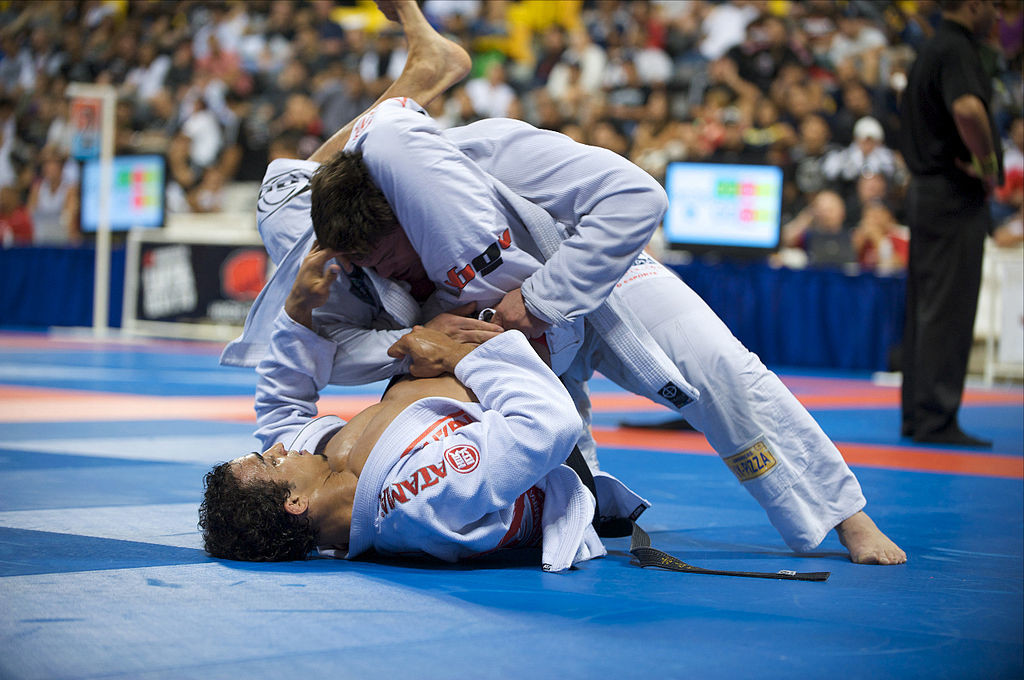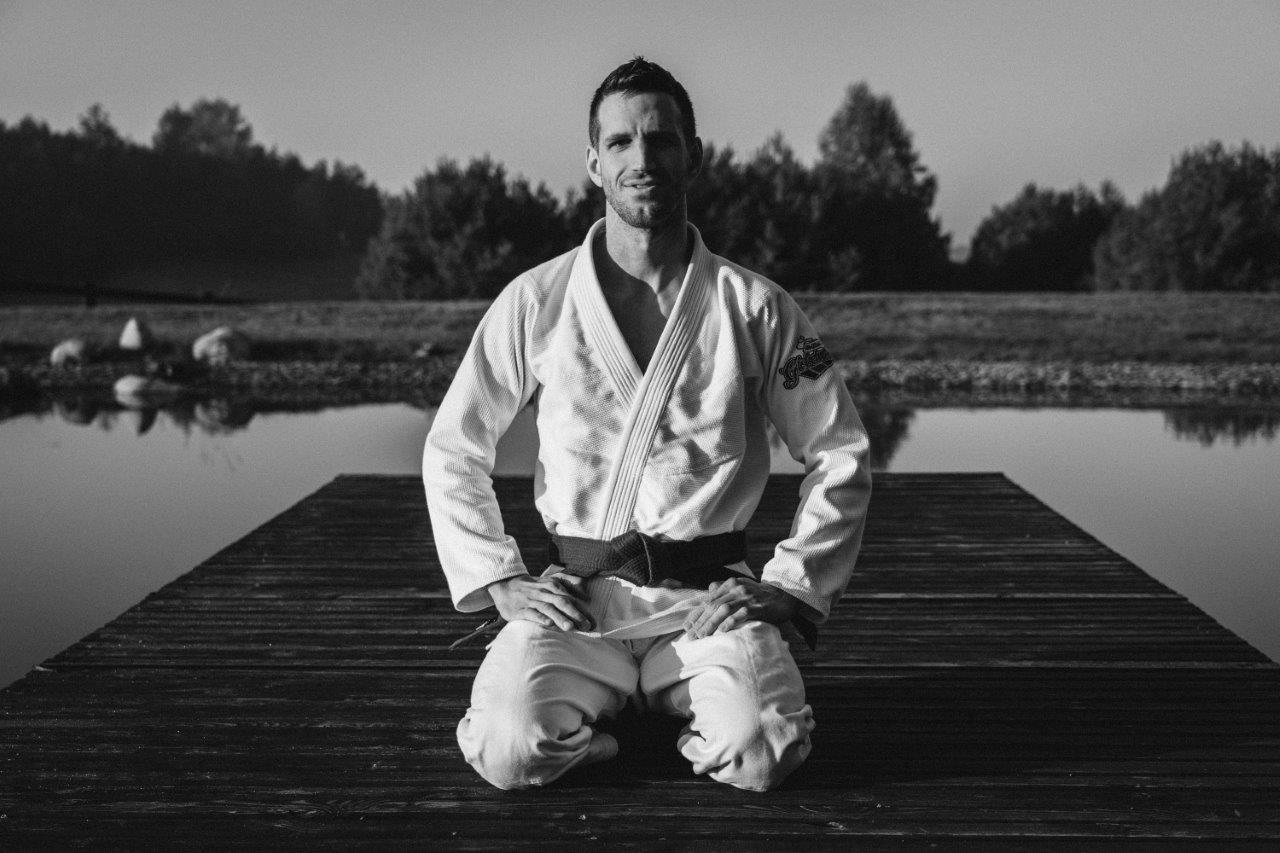True Judo in Randori
Blog by Sebastiaan Fransen, 5th dan Judo
https://www.spfransen.nl/echt-judo-in-randori/
In my previous blog, “Randori is Chaos,” I argued that randori is not a competition. Besides kata, it’s an essential method for learning judo. The key points in randori are controlling one’s ego and properly managing strength. In this blog, I want to further elaborate my perspective on randori.
I advocate completely ignoring current competition rules during randori. Instead, let’s practice authentic judo! In this blog, I briefly explain what I mean and why. Feel free to share your opinions in the comments below.
Complex rules for randori are unnecessary
Because randori isn’t a competition or televised event, it provides ample opportunity for simpler rules. There’s no need for colored judogi, numerous grip restrictions, or complex bureaucratic competition regulations.
The primary rule should be that both judoka learn from randori, strictly adhering to judo principles: maximum efficiency with minimal effort (seiryoku zen’yō) and mutual welfare and benefit (jita kyōei).
This automatically ensures safe techniques (waza) are applied and prevents injuries. It also discourages overly defensive judo, allowing both judoka to learn optimally and control their strength effectively.
A relief
Once this primary rule is clear, no complicated competition regulations are necessary for randori. We only need a few simple agreements to practice judo at its best. Here, the fun truly begins!
I strongly advocate authentic judo. All kumi-kata (grips) should be allowed unless used excessively defensively or unsafely for either judoka.
This would increase the repertoire of effective techniques. Great examples include kata-guruma, sukui-nage, and morote-gari. Jigoro Kano included kata-guruma in nage-no-kata for good reason. Let’s agree these excellent techniques can again be used during randori.
Grounded practice
Let’s also give ne-waza (ground techniques) the attention it deserves. As long as there’s clear progression towards a control position or submission, groundwork should continue. Sometimes it might take half a minute to find a good opening for an armlock or choke.
I’m not in favor of excessively defensive groundwork. Judo originates from traditional Japanese martial arts; let’s honor that heritage. A fight doesn’t stop on the ground.
Judoka shouldn’t be passive, waiting anxiously for the referee to call mate in prone positions or turtle stances. These positions are only used briefly as transitions towards more dominant positions.
Better to emulate than prohibit
Jigoro Kano developed judo from techniques of various jujutsu schools. Why then prohibit techniques and neglect ne-waza? Instead, we should adopt beneficial techniques from sambo, grappling, and Brazilian jiu-jitsu through joint training, enriching judo.
Naturally, techniques should be carefully assessed against the principles of seiryoku zen’yō and jita kyōei. Safe, technique-driven moves—not reliant purely on strength—should be integrated into our waza.
The issue isn’t techniques themselves but how judoka apply them. Judoka who misunderstand judo principles might adopt poor posture or rely solely on brute force. They might fake attacks or remain passive during groundwork.
Let’s continue applying traditional judo techniques while enriching our practice with techniques from sambo and Brazilian jiu-jitsu, provided they align with judo principles.
Nuance
Of course, schools focused heavily on competition training will understandably follow competition rules to prevent confusion among their judoka. Mitesco refers to this in his blog as shiai-geiko, perhaps a better term than randori.
However, most Dutch clubs focus primarily on developing mind and body, comprising the majority of Judo Bond Nederland members. These judoka can and should be taught the full spectrum of judo.
Plentiful randori and cross-training
I hope randori continues extensively in the Netherlands, following seiryoku zen’yō and jita kyōei. Rather than adhering strictly to competition rules, we should promote excellent judo with simplified safety rules. Judoka can mutually agree on specifics for randori.
This approach allows judo to evolve continuously, fostering valuable cross-training opportunities with sambo and Brazilian jiu-jitsu. Judo maintains a diverse range of efficient and effective techniques without restrictions from complex competition rules.
After all, Jigoro Kano based judo on multiple jujutsu styles, adopting beneficial techniques and discarding ineffective ones. He and his top students continuously improved judo based on experience. Let’s preserve this wise approach, as stagnation means regression!
Do you agree with this perspective? Or do you believe competition rules should guide randori? Share your thoughts in the comments below.


